Cynthia Dent, Dr. John Bernardo, Dr. Jared Romero
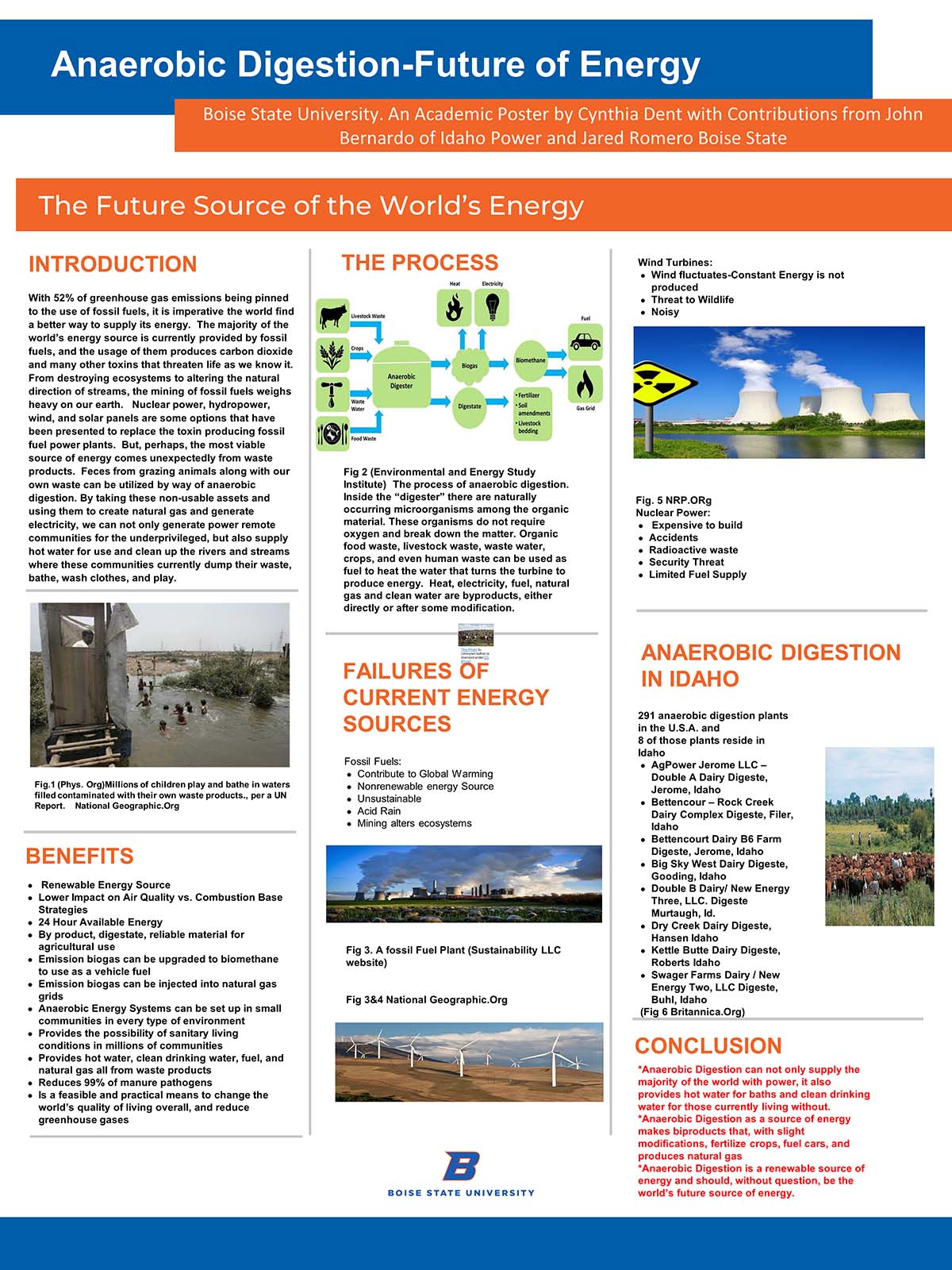
Introduction

With 52% of greenhouse gas emissions being pinned to the use of fossil fuels, it is imperative the world find a better way to supply its energy. The majority of the world’s energy source is currently provided by fossil fuels, and the usage of them produces carbon dioxide and many other toxins that threaten life as we know it. From destroying ecosystems to altering the natural direction of streams, the mining of fossil fuels weighs heavy on our earth. Nuclear power, hydropower, wind, and solar panels are some options that have been presented to replace the toxin producing fossil fuel power plants. But, perhaps, the most viable source of energy comes unexpectedly from waste products. Feces from grazing animals along with our own waste can be utilized by way of anaerobic digestion. By taking these non-usable assets and using them to create natural gas and generate electricity, we can not only generate power remote communities for the underprivileged, but also supply hot water for use and clean up the rivers and streams where these communities currently dump their waste, bathe, wash clothes, and play.
Benefits
- Renewable Energy Source
- Lower Impact on Air Quality vs. Combustion Base Strategies
- 24 Hour Available Energy
- By product, digestate, reliable material for agricultural use
- Emission biogas can be upgraded to biomethane to use as a vehicle fuel
- Emission biogas can be injected into natural gas grids
- Anaerobic Energy Systems can be set up in small communities in every type of environment
- Provides the possibility of sanitary living conditions in millions of communities
- Provides hot water, clean drinking water, fuel, and natural gas all from waste products
- Reduces 99% of manure pathogens
- Is a feasible and practical means to change the world’s quality of living overall, and reduce greenhouse gases
The Process
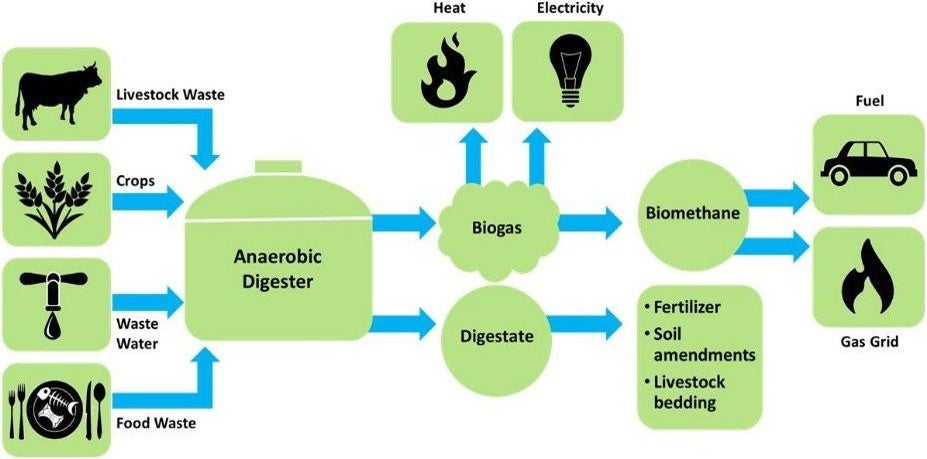
Inside the “digester” there are naturally occurring microorganisms among the organic material. These organisms do not require oxygen and break down the matter. Organic food waste, livestock waste, waste water, crops, and even human waste can be used as fuel to heat the water that turns the turbine to produce energy. Heat, electricity, fuel, natural gas and clean water are byproducts, either directly or after some modification.
Failures of Current Energy Resources
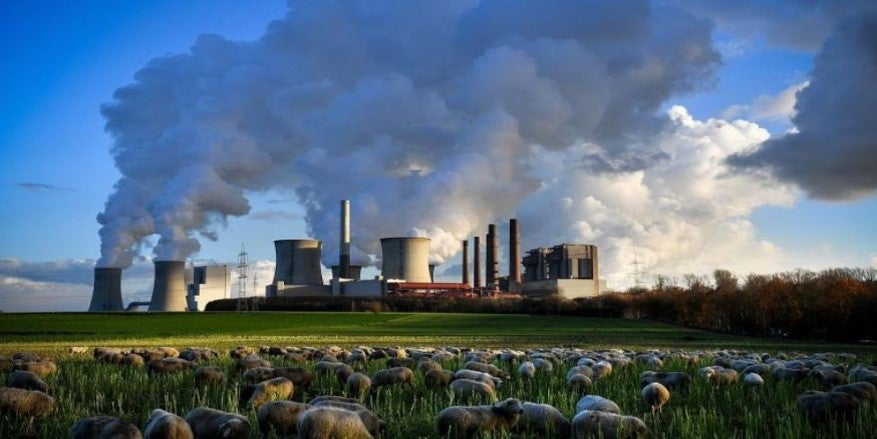
Fossil Fuels
- Contribute to Global Warming
- Nonrenewable energy Source
- Unsustainable
- Acid Rain
- Mining alters ecosystems
Wind Turbines

- Wind fluctuates-Constant Energy is not produced
- Threat to Wildlife
- Noisy
Nuclear Power
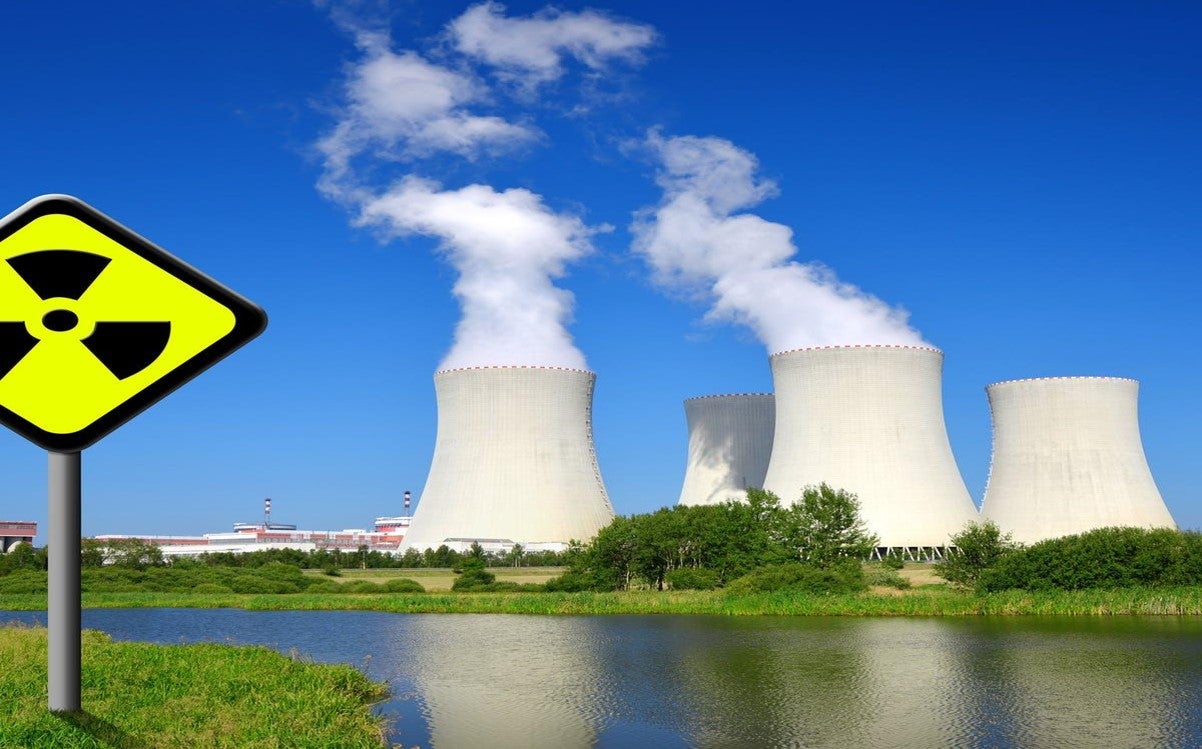
- Expensive to build
- Accidents
- Radioactive waste
- Security Threat
- Limited Fuel Supply
Anaerobic Digestion in Idaho
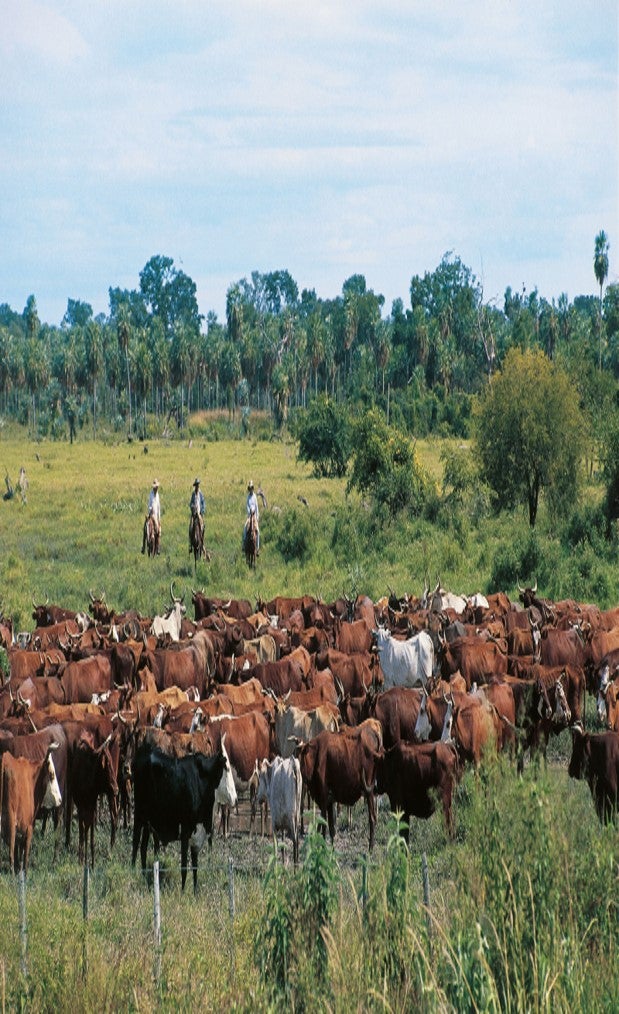
291 anaerobic digestion plants in the U.S.A. and 8 of those plants reside in Idaho
- AgPower Jerome LLC – Double A Dairy Digeste, Jerome, Idaho
- Bettencourt – Rock Creek Dairy Complex Digeste, Filer, Idaho
- Bettencourt Dairy B6 Farm Digeste, Jerome, Idaho
- Big Sky West Dairy Digeste, Gooding, Idaho
- Double B Dairy/ New Energy Three, LLC. Digeste Murtaugh, Id.
- Dry Creek Dairy Digeste, Hansen Idaho
- Kettle Butte Dairy Digeste, Roberts Idaho
- Swager Farms Dairy / New Energy Two, LLC Digeste, Buhl, Idaho
Conclusion
- Anaerobic Digestion can not only supply the majority of the world with power, it also provides hot water for baths and clean drinking water for those currently living without.
- Anaerobic Digestion as a source of energy makes biproducts that, with slight modifications, fertilize crops, fuel cars, and produces natural gas
- Anaerobic Digestion is a renewable source of energy and should, without question, be the world’s future source of energy.